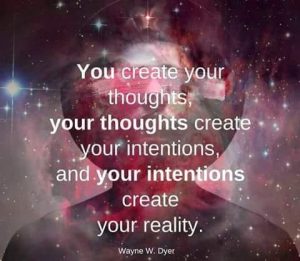 “Breath meditation is likely the most popular and straightforward meditation practice. It is also the basis of many other forms of meditation. Try these essential instructions.
“Breath meditation is likely the most popular and straightforward meditation practice. It is also the basis of many other forms of meditation. Try these essential instructions.
Find a quiet and uplifted place where you can do your meditation practice. When starting out, see if you can allow 5 minutes for the practice.
1. Take your seat. Sit cross-legged on a meditation cushion or on a straight-backed chair with your feet flat on the floor, without leaning against the back of the chair.
2. Find your sitting posture. Place your hands palms-down on your thighs and sit in an upright posture with a straight back—relaxed yet dignified. With your eyes open, let your gaze rest comfortably as you look slightly downward about six feet in front of you.
3. Notice and follow your breath. Place your attention lightly on your out-breath, while remaining aware of your environment. Be with each breath as the air goes out through your mouth and nostrils and dissolves into the space around you.
At the end of each out-breath, simply rest until the next in-breath naturally begins. For a more focused meditation, you can follow both the out-breaths and in-breaths.
4. Note the thoughts and feelings that arise. Whenever you notice that a thought, feeling, or perception has taken your attention away from the breath, just say to yourself, “thinking,” and return to following the breath. No need to judge yourself when this happens; just gently note it and attend to your breath and posture.
5. End your session. After the allotted time, you can consider your meditation practice period over. But there’s no need to give up any sense of calm, mindfulness, or openness you’ve experienced. See if you can consciously allow these to remain present through the rest of your day.”
Lion’s Roar – Buddhist Wisdom For Our Time


















